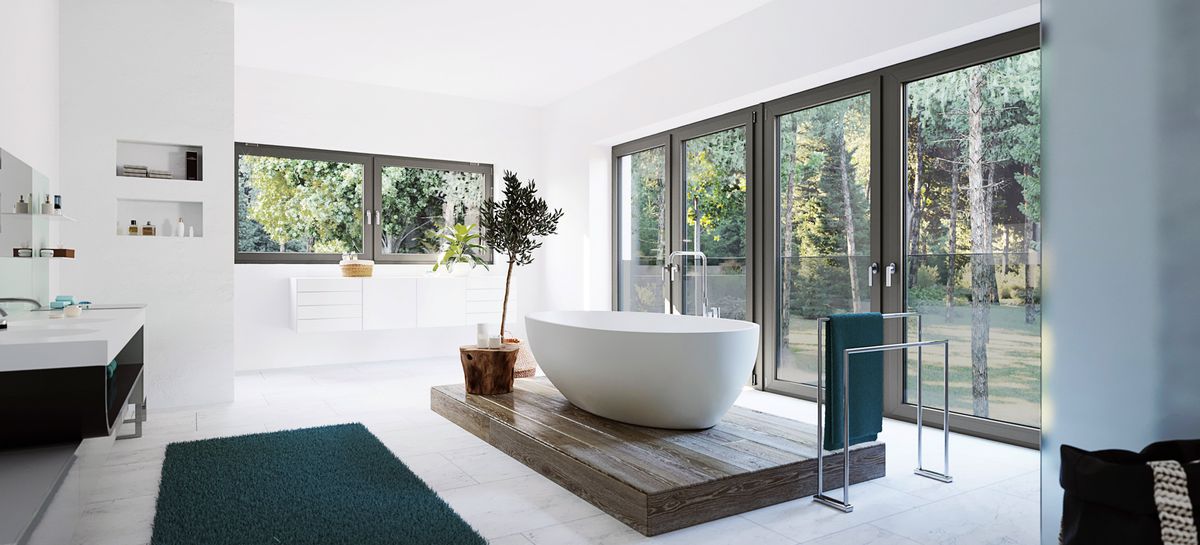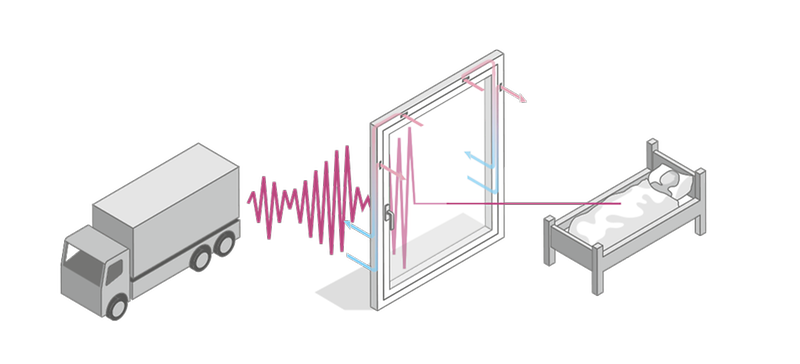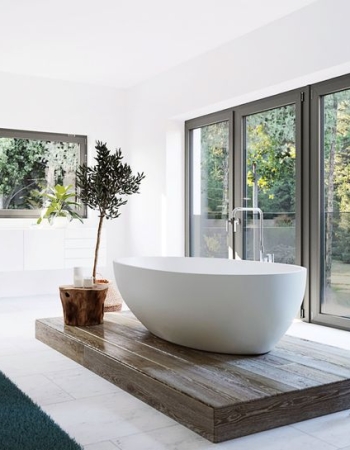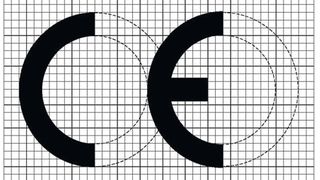Thermal transmittance
How do you recognise a well-insulated window?
When talking about energy-efficient windows, the “U-value” of the windows comes into play. The U-value is the thermal transmittance coefficient, which is used to assess the thermal insulation of a window by indicating the amount of energy that flows through a 1 m² window area in one hour: the lower the U-value, the better the insulation.

Compared to the standard windows provided with a simple glazing, which present as half values U of 5.8 w/m²k, our windows obtain leading values of up to 0.66 w/m²k. This allows us to offer our customers products adapted to their needs and with great thermal insulation for sliding windows, pivotants, combined … you choose what you choose, always with the highest quality. Quality The Company. Elijas lo que elijas, siempre con la máxima calidad. Quality The Company.





